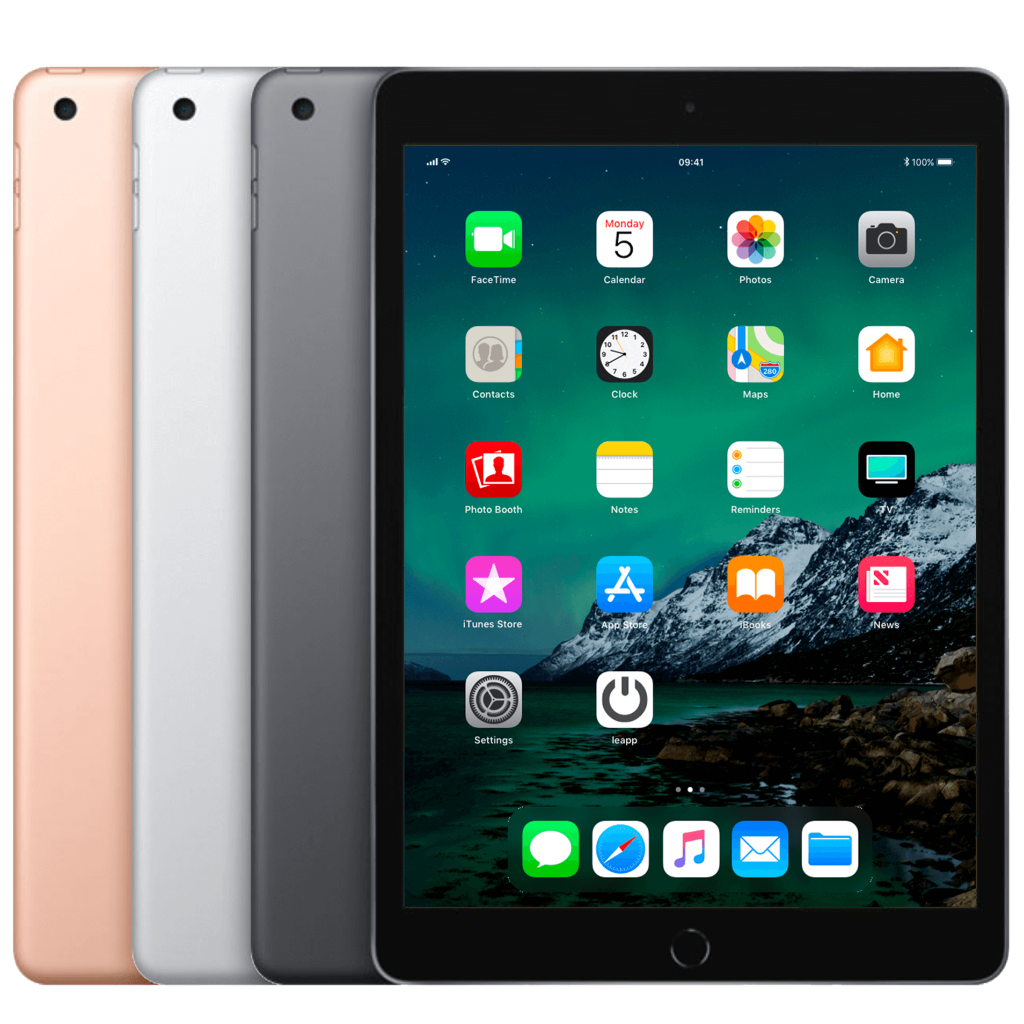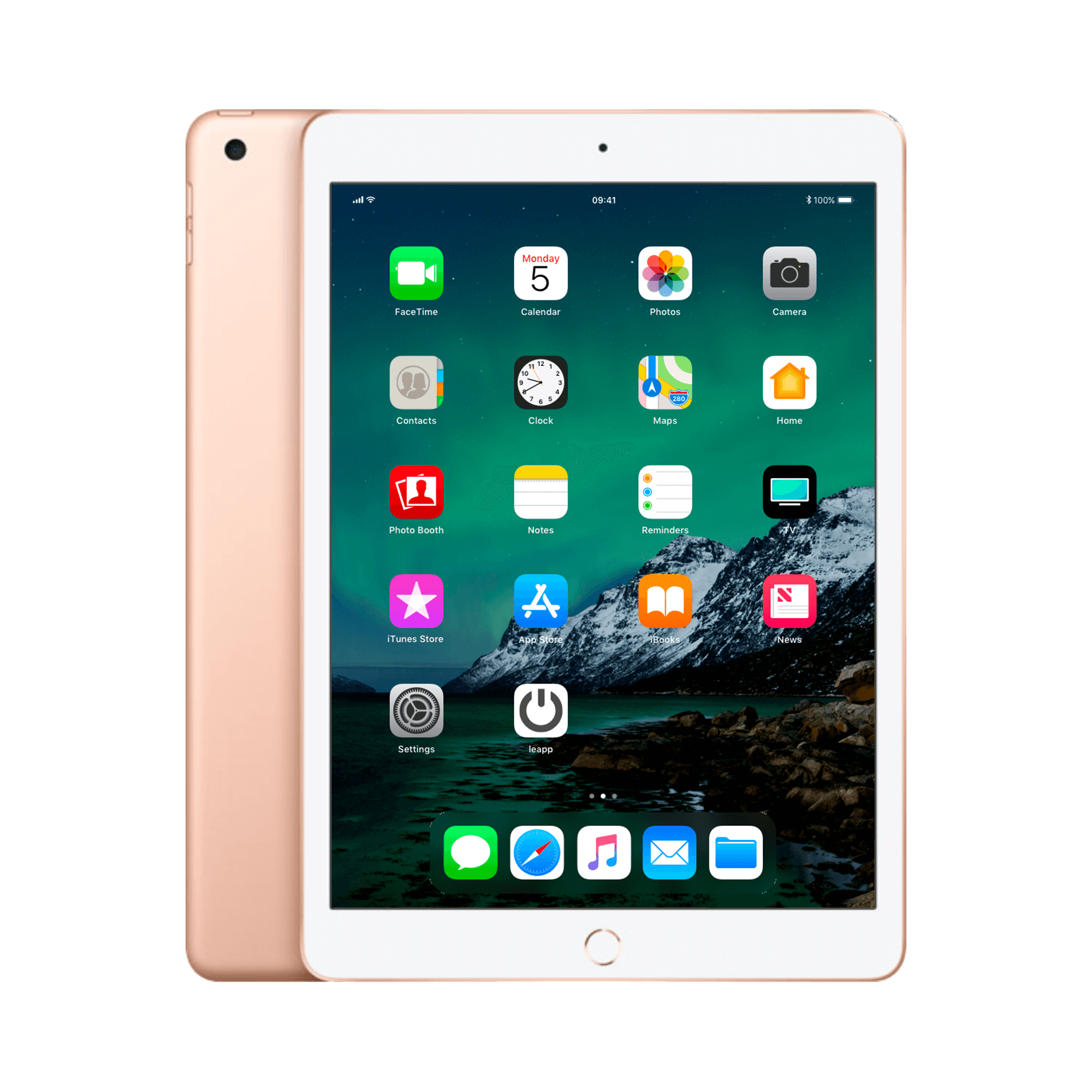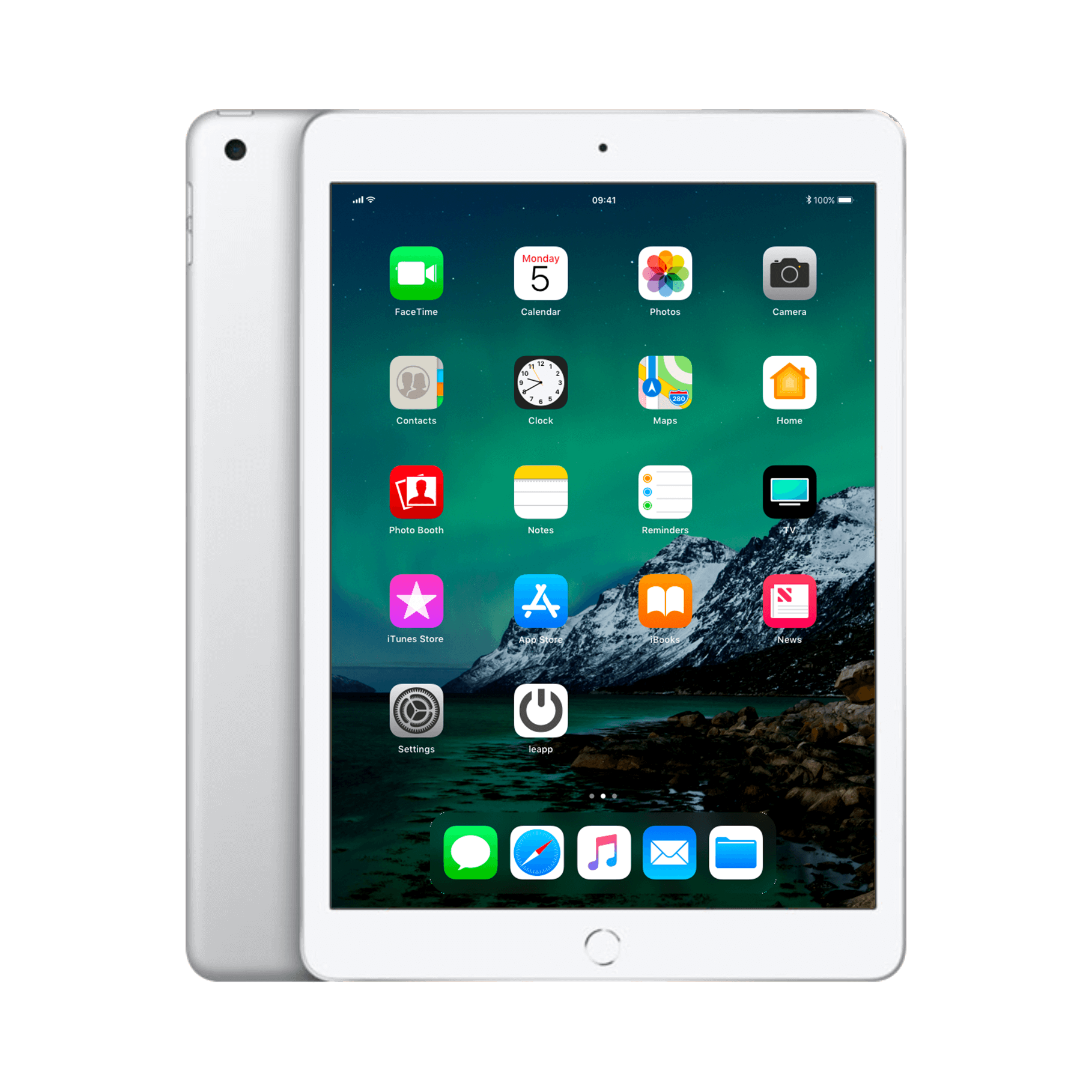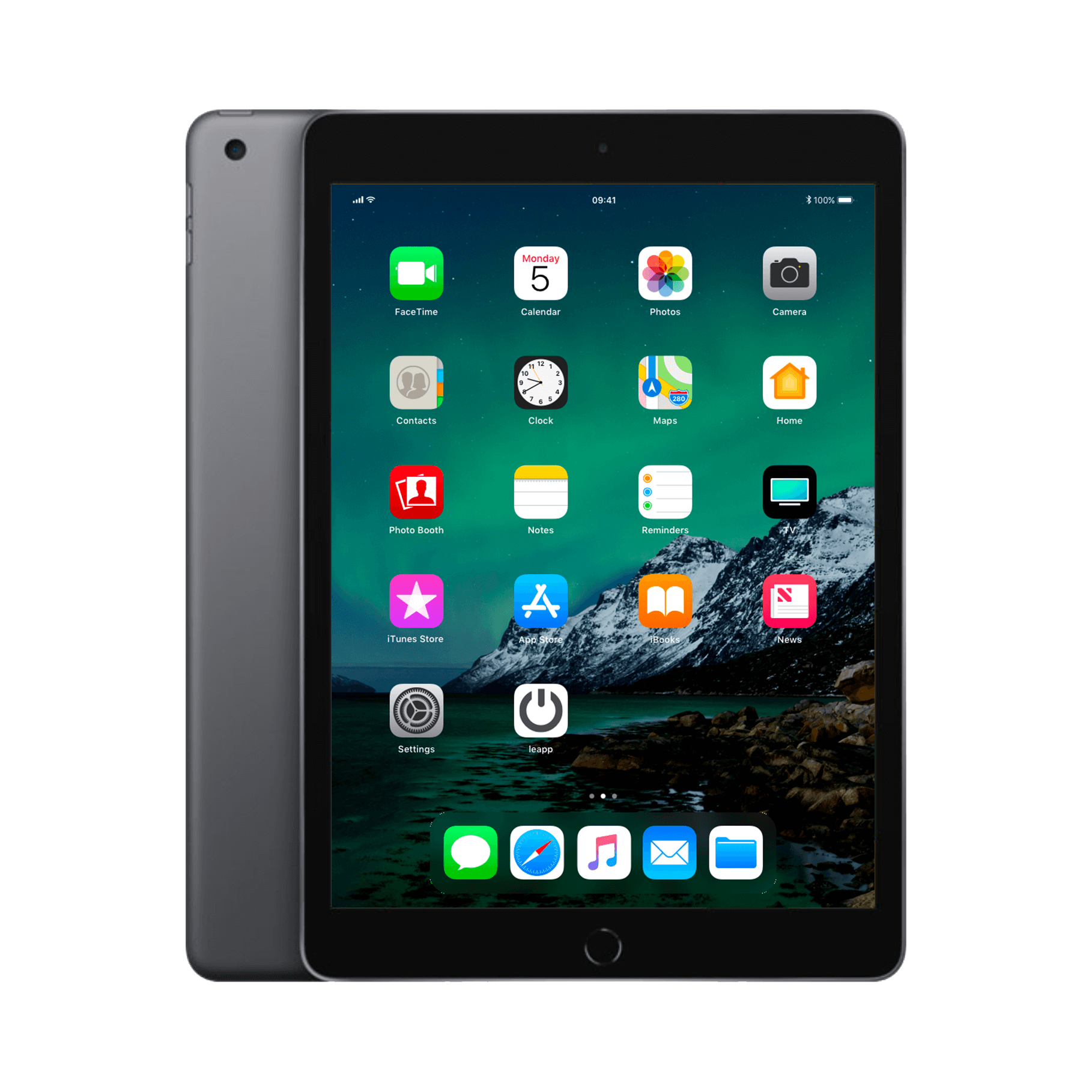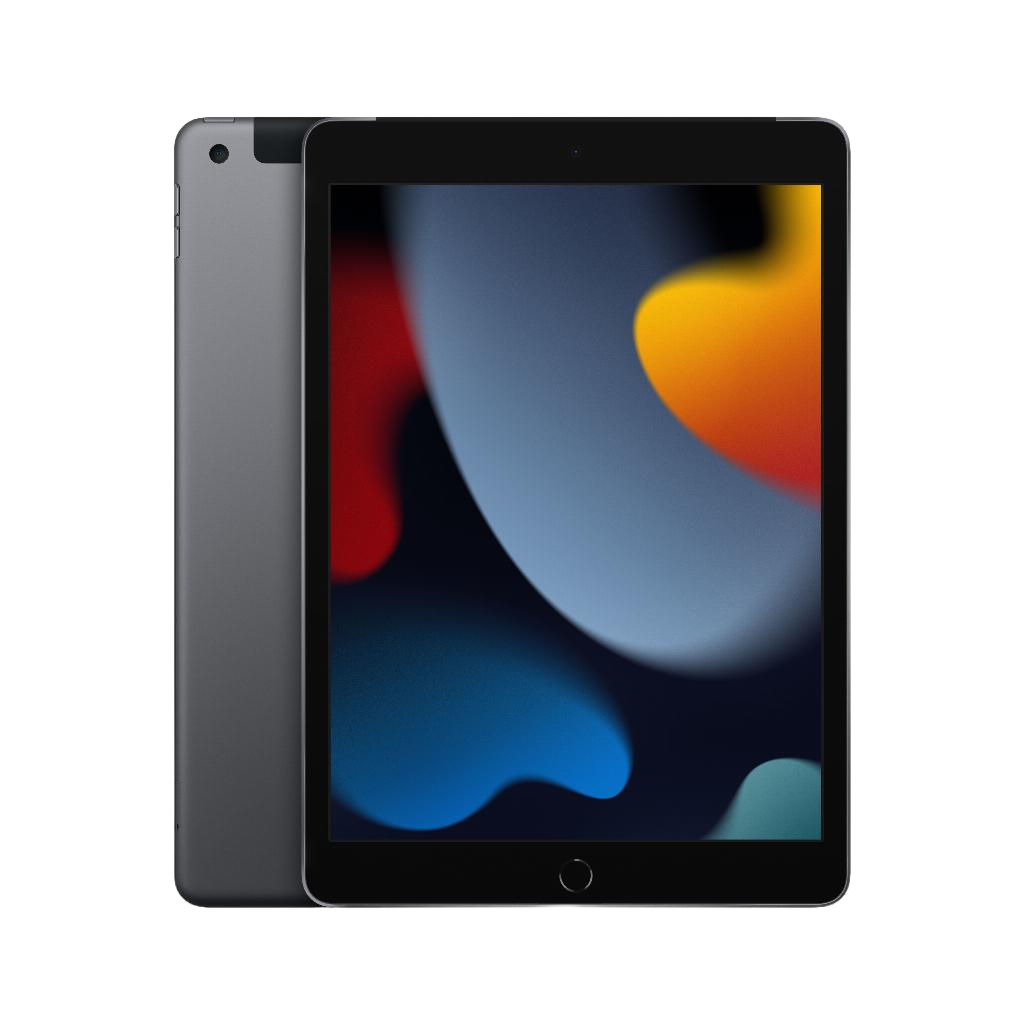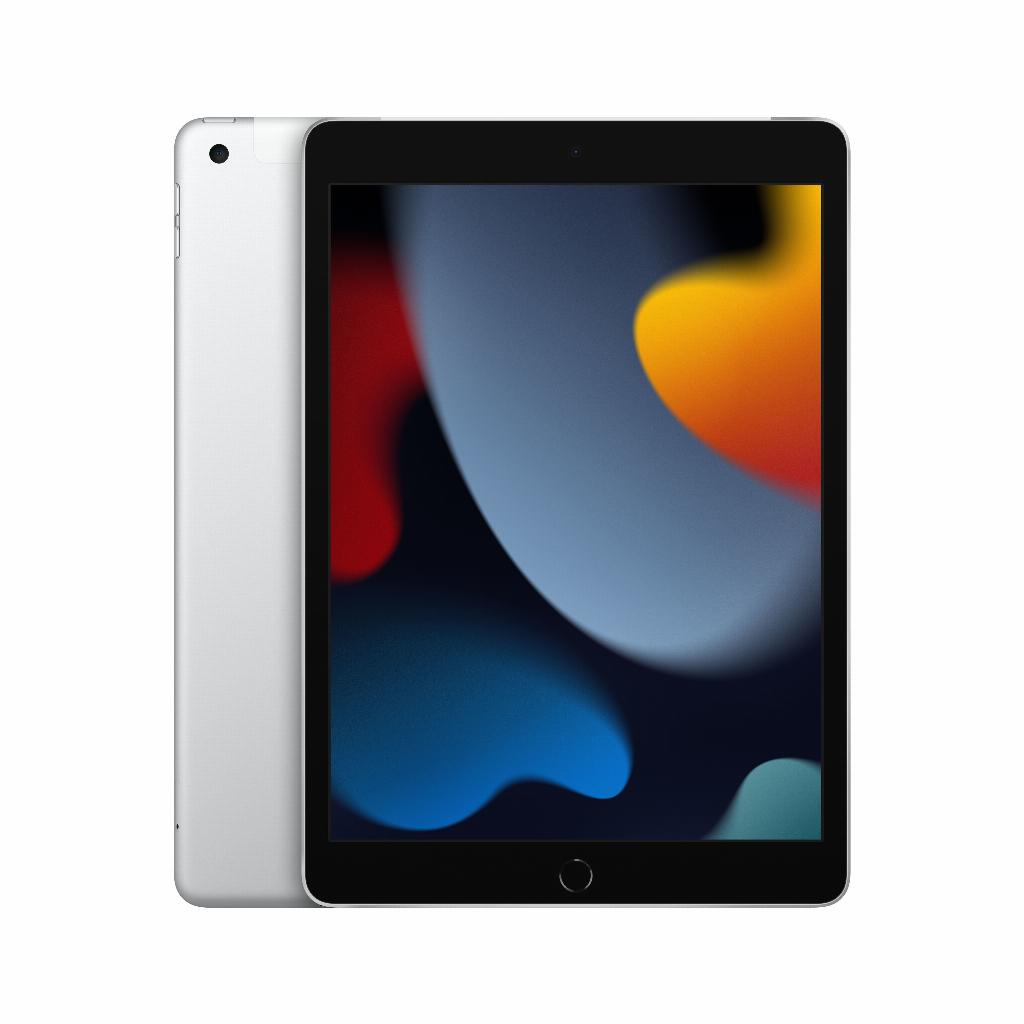Is your iPad too slow? Four steps to speed it up again.
Your iPad takes forever to open an app. Safari loads slowly. Multitasking is a nightmare. You immediately think: time for a new one. Or maybe just switch to those fast, audio-only AirPods . But here's the surprise: 9 times out of 10, the problem isn't with your hardware.
Your iPad is probably still blazing fast—it's just being choked by digital clutter, outdated apps, and incorrect settings. While everyone thinks a slow iPad is the end of its life, you can make it run like it did on day one with four simple steps . No hassle with expensive accessories or a new device. Just four steps you can take today. And the best part? You don't have to be a tech expert.
Useful links
The four steps to get your slow iPad running smoothly again
Your iPad is getting slower and slower. Apps take longer to open, Safari lags, and switching between apps feels like wading through molasses. Before you even think about buying a new one, there are four concrete steps you can take today. This approach works immediately in most cases.
Step 1: Free up storage space
A full iPad is a slow iPad. Apple's operating system needs space to store temporary files and run processes. When your storage is more than 90% full, you'll immediately notice a performance drop.
Go to Settings > General > iPad Storage . Here you'll see exactly what's taking up space. Photos and videos are often the biggest culprits. Consider moving these to iCloud or deleting them locally. Apps you haven't used for months? Get rid of them. You can always redownload them.
Pay particular attention to the "Recommendations" section. iOS provides smart suggestions here to free up space without losing important data. The "Delete Watched TV Shows and Movies" option alone can save you gigabytes.
Step 2: Disable background refresh
Background refresh ensures that apps continuously download new content, even when you're not using them. Handy for your email and news apps, but a battery and performance drain for everything else.
Go to Settings > General > Background App Refresh. You have three options:
- Disable all (fastest option)
- Wi-Fi only (compromise)
- Set per app (most control)
Most users won't notice a difference when they disable background refresh completely. Apps simply load their content when you open them. You can create exceptions for essential apps like WhatsApp or your work email.
Step 3: Update iOS and your apps
Outdated software is a common cause of slowness. Apple optimizes each iOS update for better performance on older devices. Since iOS 12, the focus has been specifically on speeding up older models.
Check for updates in Settings > General > Software Update . Download and install any available updates. This may take a while, but the results are often impressive.
Don't forget your apps. Open the App Store, tap your profile picture in the top right corner, and scroll down. Here you'll see all available app updates. Developers are constantly optimizing their apps for new iOS versions. An outdated app can slow down your entire system.
Step 4: Restart your iPad (the right way)
A simple restart fixes more problems than you think. It clears temporary files, resets memory processes, and gives iOS a fresh start.
For iPads with a Home button:
- Press and hold the power button
- Swipe to turn off
- Wait 30 seconds
- Restart
For iPads without a Home button:
- Press and hold volume up and the top button simultaneously
- Swipe to turn off
- Wait 30 seconds
- Restart
Additional tips for lasting speed
Reduce visual effects
iPadOS features beautiful animations and transparency effects, but these are resource-intensive. On older models, disabling them makes a noticeable difference.
Go to Settings > Accessibility > Motion and enable "Reduce Motion." Under Accessibility > Display & Text Size, you'll find "Reduce Transparency." Both options speed up your interface without sacrificing functionality.
Reset all settings (last resort)
If the above steps don't help, consider resetting all settings. This will save your data but restore the system settings to their factory defaults.
Settings > General > Transfer or Reset iPad > Reset > Reset All Settings
You'll need to reset your WiFi networks and adjust some preferences after this, but it can do wonders for your speed.
When is replacement necessary?
Sometimes the hardware is simply too old. iPads older than five years can struggle with modern apps and websites. Signs that the hardware is the problem:
- Apps crash frequently
- No more iOS updates available
- Screen responds slowly to touches
- Battery lasts less than two hours
In these cases, a refurbished model is a smart choice. You get modern performance without paying top dollar.
Prevention is better than cure
Once your iPad is running smoothly again, keep it that way. Make it a habit to:
- Remove unused apps
- Move photos to the cloud
- Clear Safari cache (Settings > Safari > Clear History and Website Data)
- Check for updates
This routine prevents slowdowns from recurring. Your iPad will continue to perform like new for years without drastic measures.
Conclusion: no expensive replacement necessary
A slow iPad doesn't necessarily require an expensive replacement. With these four steps— freeing up storage space, limiting background refresh, installing updates, and restarting regularly —you'll usually get your speed back. It'll take you half an hour at most, but it'll save you hundreds of euros.
If your iPad really needs replacing, you'll find an affordable alternative with refurbished iPads . But try these steps first. Chances are your iPad will be running smoothly again soon, and you won't need a new one for a while.


